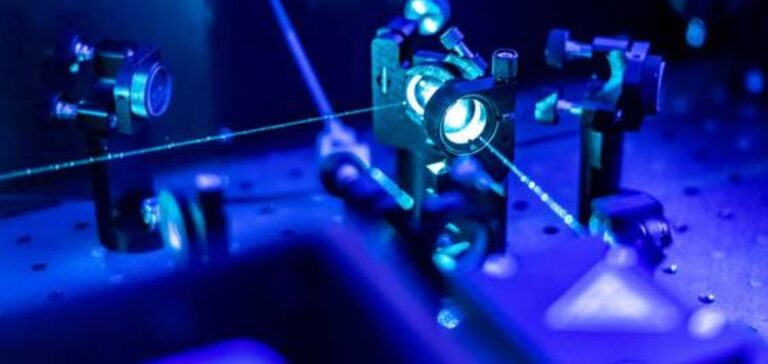Silex noted that the second module was built and tested at its laser technology development center in Lucas Heights, near Sydney, in less than 12 months, in line with the accelerated schedule for the commercial pilot project.
Towards a New Phase: SILEX Laser Module Soon Operational
The laser system module is being prepared for shipment to GLE’s facility in Wilmington, North Carolina, and is expected to be installed and operational by the end of 2023, subject to transportation planning, Silex said.
“This is another key milestone for SILEX uranium enrichment technology, demonstrating our ability to efficiently build large-scale SILEX laser system modules, and incorporate improvements that enable increased reliability under commercial conditions for periods,” Silex Managing Director and CEO Michael Goldsworthy said.
“We are also encouraged by the accelerated efforts in the GLE test loop facility, thanks to which the balance of the pilot systems, including the separator and gas handling equipment, is progressing towards completion of construction. We hope that commissioning of the complete pilot plant could begin in the first quarter of 2024.”
The first large-scale laser system module developed by Silex completed eight months of testing in August 2022, after which it was packed for shipment to GLE’s test loop facility in Wilmington, where it was due to be installed before the end of last year. GLE is the exclusive worldwide licensee of SILEX laser technology for uranium enrichment.
Development of SILEX enrichment technology: Prospects for the uranium industry
In February, GLE’s joint venture owners, Silex (51%) and Cameco (49%), agreed on a plan and budget for 2023 that accelerates activities under the SILEX uranium enrichment technology commercial-scale demonstration pilot project, with the aim of completing a full-scale (TRL-6) pilot demonstration of SILEX technology as early as mid-2024.
At the time, Silex said, “If the technology demonstration project can be successfully completed in an accelerated timeframe, this preserves the possibility of commencing commercial operations at the Paducah Laser Enrichment Facility (PLEF) up to three years earlier than originally planned, subject to the availability of government and industry support, as well as geopolitical and market factors.”
In a statement today, Silex said, “Assuming successful completion of TRL-6 and a positive feasibility study, GLE could potentially deploy PLEF for the production of natural-grade uranium (in the form of UF6) via Department of Energy enrichment of owned tails inventory under a landmark agreement signed between GLE and DOE in 2016.”
The PLEF project has the potential to produce up to 5 million pounds of uranium oxide per year for around 30 years. In addition to the production of natural-grade UF6 via tails processing, GLE also plans to pursue the development of PLEF to use technology for the production of low-enriched uranium and so-called LEU+ from natural UF6 to supply fuel for existing reactors; and for the production of low-enriched uranium test – or HALEU – for next-generation advanced small modular reactors.






















